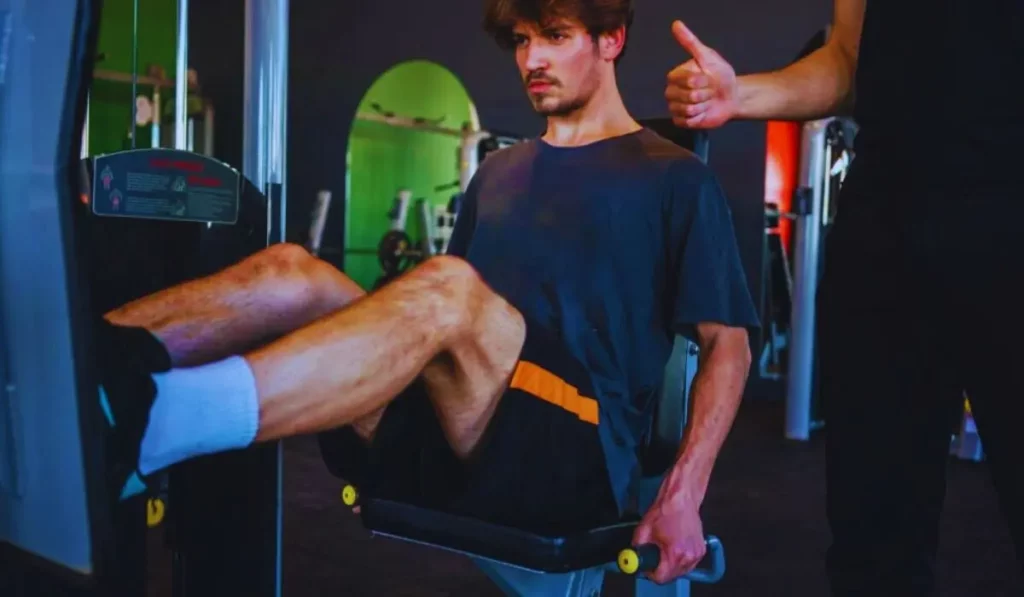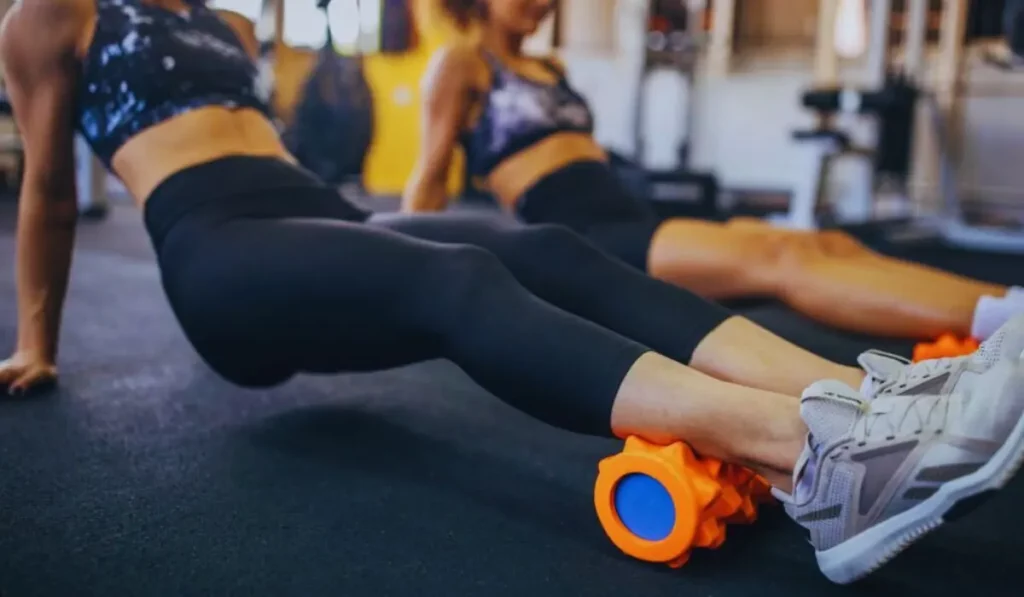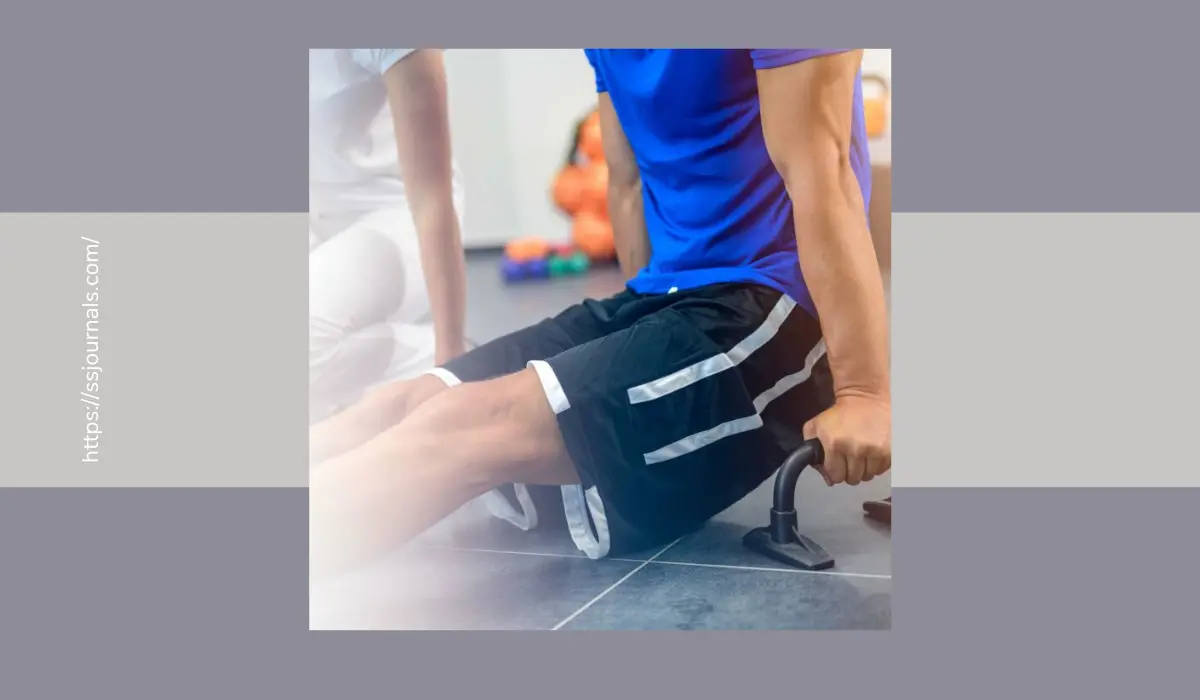The world of sports is ever-evolving, and so is technology. Sports can be challenging for our bodies. When we get hurt, we need the right tools to get better. Let’s discuss some gear that helps athletes heal and how to use them.
Understanding The Need
Every sport has its unique demands. A basketball player’s knees endure different stresses than a swimmer’s shoulders. Recognizing these differences is essential in developing rehab gear that aids specific injuries and needs.
For example, a tennis player recovering from an elbow injury would benefit more from a brace designed to support the unique movements of tennis rather than a generic one. This specificity assures that the athlete can recover while maintaining some sport-specific training.
The Right Gear For Healing
- Bosu Ball: It helps with balance and makes leg muscles stronger. It’s also good for arm balance and core muscles. Hold onto something like a wall when you first step on it. Later, you can stand on one leg or close your eyes. Use it when you are in the middle to late in your healing.

- Medicine Ball: It helps with solid and fast movements. It can work out the whole body. There are many exercises. One is throwing the ball down hard from over your head. Use it when you are late in your healing.
- Step/Box: Makes leg muscles stronger. It’s suitable for people who want to run again. Start by jumping up with both feet. Later, you can try higher boxes or use one leg. Do the same when jumping off. Use it when you are in the middle to late in your healing.
- Squat Rack: It makes the whole body stronger by using many muscles. Do different exercises, but be careful. Ask a pro for help. Use it when you are in the middle to late in your healing.
- Compression Wear: It is athletes’ Favorite! Compression wear helps reduce muscle soreness and improves blood circulation. It comes in various forms like socks and sleeves and shorts. Each targets a specific muscle group.
- Joint Braces and Supports: These are designed for sports that strain joints significantly. For instance, knee braces for skiers or wrist supports for gymnasts. They provide stability and prevent further injury.
- Resistance Bands: While not exclusive to sports rehab, resistance bands are versatile tools. They can be sport-tailored, like bands designed for golfers to improve their swing post-injury.
- Aquatic Gear: For athletes in swimming or water polo, aquatic rehab gear like flotation devices and resistance tools can be invaluable. They allow for low-impact exercises that maintain water-specific movements.
Why Use Sports Gear?
- Faster Recovery: Tailored gear addresses the exact injury needs, promoting quicker healing. For example, a soccer player with a sprained ankle would benefit from a brace, allowing side-to-side movement without compromising support.

- Maintaining Sports Skills: Athletes might be sidelined completely with generic rehab. But with sport-specific gear, they can continue some form of training. A baseball player with a shoulder injury might not be able to pitch, but with the proper support, they can still practice their batting.
- Psychological Boost: Being sidelined can be mentally challenging. Sports-specific rehab gear can provide a psychological boost as athletes feel they are progressing and staying connected to their sport.
Things To Think About
- Cost: Customized gear can be expensive. Athletes must weigh the benefits against the costs, especially if they need to be more professionals.
- Over-reliance: There’s a risk of becoming too dependent on the gear. It is essential to use them as part of a comprehensive rehab plan and not as a crutch.
- Professional Guidance: It’s crucial to consult with a physiotherapist or sports medicine professional when choosing and using rehab gear. Incorrect usage can lead to further injuries.
- What’s Next?
With technology advancing, the future of sports rehab gear is promising. We might soon see smart gear that offers real-time feedback. Even virtual reality might play a role, helping athletes practice safely while healing.
Conclusion
To sum up, specialized sports gear is revolutionizing how athletes recover. It ensures they heal in a manner tailored to their sport. As technology evolves, the boundary between healing and training will blur, allowing athletes to return to their passion more seamlessly.

